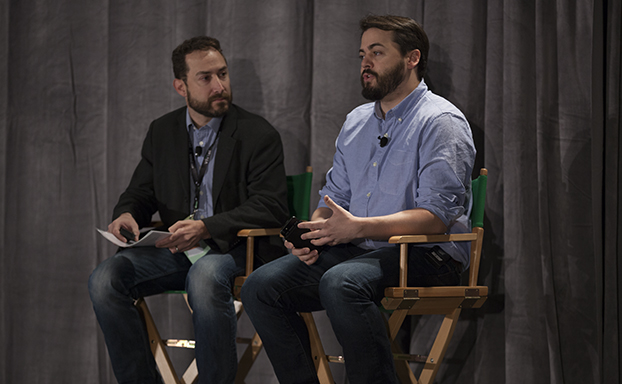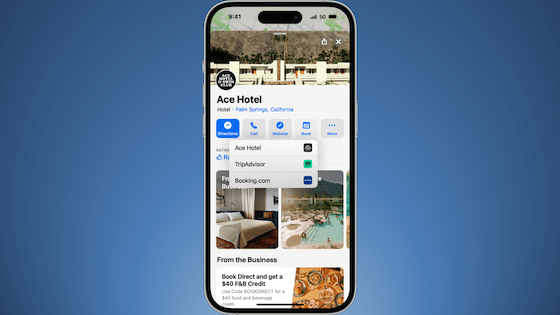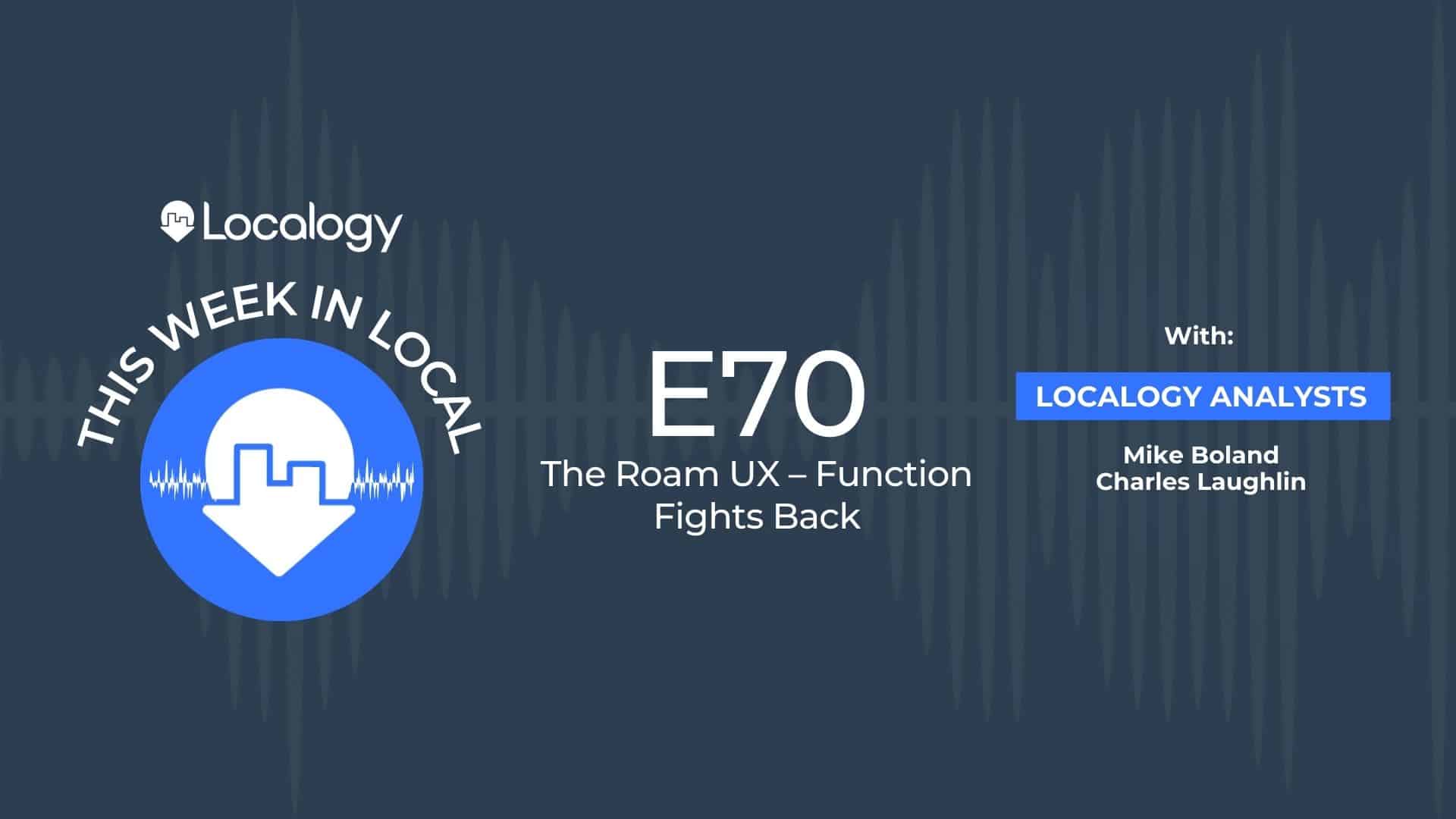Technology today is making coveted online to offline attribution more accurate and is providing more insight than ever before. Ninth Decimal’s LCI (Location Conversion Index) is the latest innovation in attribution helping both prove the ROI of marketing campaigns as well as providing critical data to improve future campaigns.
Key to the LCI is the rich customer profile that makes tracking more accurate and measurable. Customer profiles are built using many different sources of information including both owned data and 3rd party data. Owned data is retrieved from sources such as the business website, its CRM, communications like emails and calls, transactions, and beacons. Technology is used to extract data and interpret it. For example, technology can find relevant information in calls and emails and convert it into categorized data.
Third party data is obtained from sources including social media, reviews, and search data such as search history. Relevant data can likewise be extracted and categorized appropriate for building customer profiles.
Location data from mobile devices is key to both building comprehensive profiles and analyzing attribution metrics. The profiles can also examined using real world data and adjusted to account for factors such as seasonality or screen out certain visitors such as employees.
Shaun Parnell of Ansira and Todd Rose of NinthDecimal took a look at a case study involving a Quick Service Restaurant client to illustrate the impact of being able to use attribution data.
The campaign targeted two main audiences: brand loyal customers and customers of competitive brands. The audience was exposed to ads from the campaign and store visits post-campaign was measured using profiles and data such as check-ins and transactions. Those visits were compared to a control group and expected visits derived from historical traffic. Ultimately the data demonstrated the campaign was successful in driving an incremental lift in store visits of over 33%.
However, because of the profiles maintained, the data provided significant insight valuable to future campaigns. For example, a comparison of profiles exposed to the ad and profiles of those who later visited revealed that fast food diners were not the ideal target audience. Rather those profiles labeled DIY enthusiasts, movie enthusiasts and leisure travelers were the ones who visited most.
Location data also revealed that those targeted within 5 miles provided the greatest return. While a material number of visitors were from over 50 miles away, the radius needed to target those customers make that a less desirable audience. The data also revealed that visits attributable to campaign efforts made after about a week from the product launch started to decline enough to question the ROI of continuing the campaign past that point. Lastly, the most return from the targeting of competitors’ customers came from 2 of 7 competing brands. This data and insight will help tremendously in planning for future campaigns.
In closing, investing in technology to measure online-to-offline attribution is providing greater returns that ever before in both boosting ROI and providing critical insight in planning for future campaigns.




